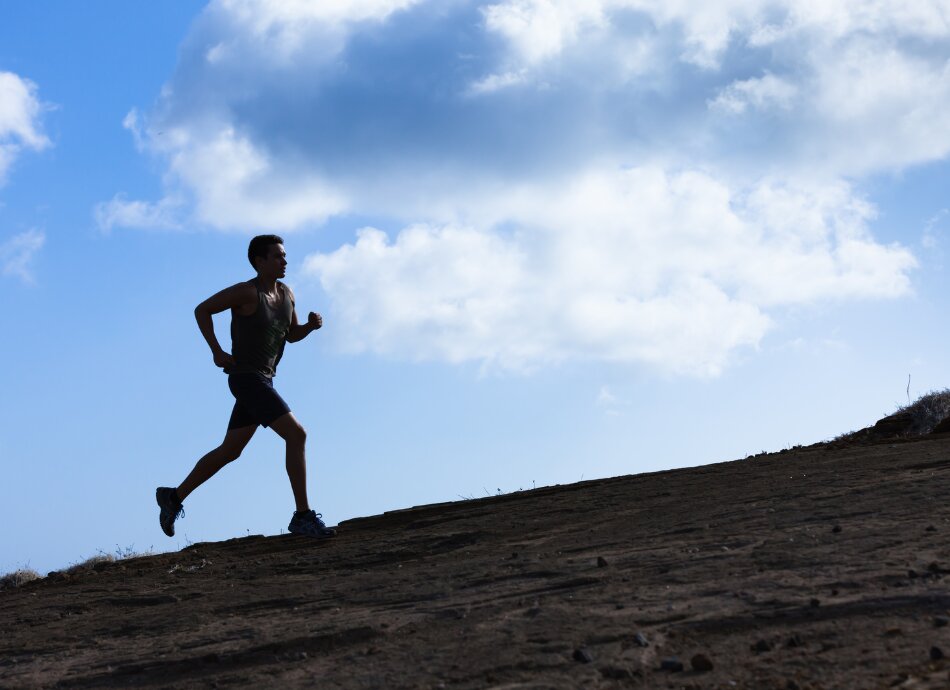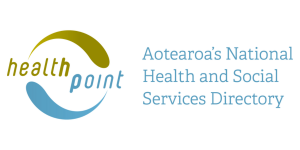Fast action saves lives
- If you think someone is in cardiac arrest (eg, they're unconscious, unresponsive, not breathing or not breathing normally), start cardiopulmonary resuscitation (CPR) immediately and get someone to call 111 straight away. If you're on your own, call 111 then begin CPR.
- CPR is a life-saving skill that can be learnt through an accredited organisation. If you don't know how to do CPR, the 111 Call Handler will advise you what to do.
- Chest compressions are the priority in CPR. Even without mouth-to-mouth, chest compressions can be life-saving.
- A defibrillator is used to shock the heart and help it re-establish a normal rhythm.
- Unfortunately, unless a defibrillator are on hand, most people who experience cardiac arrest are unable to be successfully resuscitated.
In cardiac arrest, the electrical signals that keep the heart beating regularly become chaotic. This causes the heart to develop an unusual rhythm or to suddenly stop beating.
How do I know if someone is in cardiac arrest?
When a person is in cardiac arrest:
- they will be unconscious or unresponsive
- they will have stopped breathing or not be breathing normally
- their skin will be pale or blue
- their heart will have stopped beating.*
*Don't try to feel for a pulse. This is difficult to do and wastes precious time better spent doing CPR. If a person shows no signs of life (as above), start CPR immediately.






